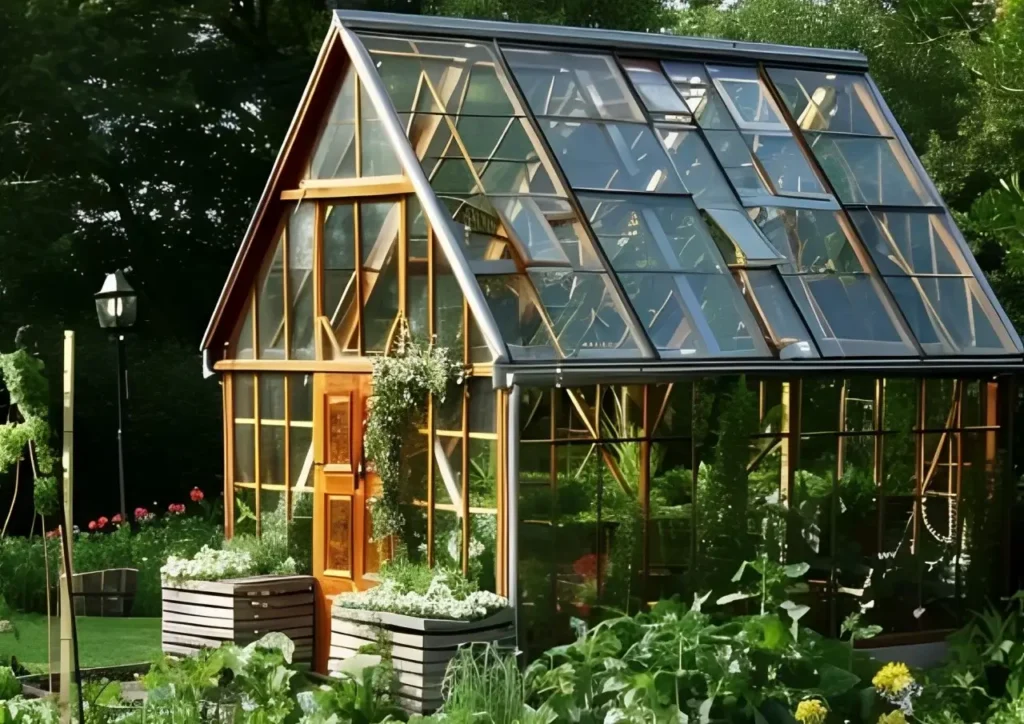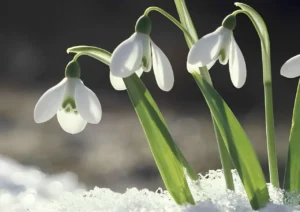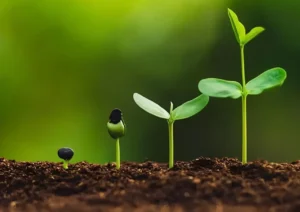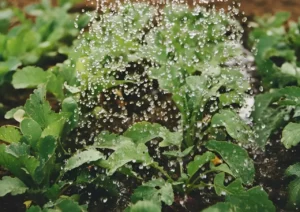Gardening is a rewarding and therapeutic hobby that connects you to nature and provides the satisfaction of growing your own plants, whether they are beautiful flowers, hearty vegetables, or aromatic herbs. Starting your first garden might seem daunting, but with a bit of planning, preparation, and patience, it can be a fulfilling and enjoyable experience. Here’s a comprehensive guide to help you embark on your gardening journey.
1. Choosing the Right Location
The success of your garden largely depends on selecting the appropriate location. Here are some factors to consider:
Sunlight
Most plants need at least 6-8 hours of direct sunlight daily. Observe your yard or balcony to identify the spots that receive the most sunlight. If you have limited sunny areas, choose plants that thrive in partial shade.
Soil Quality
Good soil is essential for healthy plants. Ideally, your soil should be well-draining, rich in organic matter, and have a pH level suitable for the plants you intend to grow. Conduct a soil test to determine its composition and pH level, which will guide you in amending it properly.
Accessibility and Convenience
Your garden should be easily accessible for watering, weeding, and harvesting. If you have limited space, consider container gardening or raised beds. Ensure your garden is near a water source to simplify irrigation.
2. Planning Your Garden
Once you’ve selected the location, the next step is planning what to grow. Here are some steps to guide your planning process:
Determine Your Goals
Decide whether you want a flower garden, vegetable garden, herb garden, or a mix of these. Your goals will influence your plant selection and garden layout.
Start Small
For your first garden, it’s wise to start small. Choose a manageable area and a few types of plants. This will help you gain experience without feeling overwhelmed.
Choose the Right Plants
Select plants suited to your climate, soil type, and the amount of sunlight your garden receives. Here are some beginner-friendly plants:
- Vegetables: Tomatoes, lettuce, radishes, and zucchini.
- Herbs: Basil, mint, parsley, and chives.
- Flowers: Marigolds, zinnias, sunflowers, and petunias.
Create a Garden Layout
Sketch a layout of your garden. Consider the mature size of the plants and their spacing requirements. Taller plants should be placed where they won’t shade shorter plants. Group plants with similar water and sunlight needs together.
3. Preparing the Soil
Good soil preparation is the foundation of a successful garden. Follow these steps to prepare your soil:
Clear the Area
Remove any weeds, grass, or debris from your garden area. This will reduce competition for nutrients and prevent pests and diseases.
Loosen the Soil
Loosen the soil to improve aeration and drainage. Use a garden fork or tiller to break up compacted soil. If you’re using containers, fill them with high-quality potting mix.
Add Organic Matter
Incorporate compost, aged manure, or other organic matter into the soil. This will improve soil structure, fertility, and water retention. Aim for a ratio of about 1:3 (organic matter to soil).
Test and Amend the Soil
Conduct a soil test to determine its pH and nutrient levels. Most plants prefer a slightly acidic to neutral pH (6.0-7.0). Amend the soil based on the test results, adding lime to raise the pH or sulfur to lower it, and supplementing with necessary nutrients.
4. Planting Your Garden
With your garden planned and soil prepared, it’s time to plant. Follow these steps for successful planting:
Timing
Planting times vary based on your local climate and the specific plants you’re growing. Consult seed packets, plant tags, or local gardening resources for the best planting times.
Planting Seeds
- Direct Sowing: For plants like beans and carrots, sow seeds directly into the garden soil. Follow the recommended planting depth and spacing on the seed packet.
- Starting Indoors: Some plants, like tomatoes and peppers, benefit from an early start indoors. Sow seeds in seed trays or pots, and transplant seedlings to the garden after the danger of frost has passed.
Transplanting Seedlings
If you’ve purchased seedlings or started your own indoors, transplant them carefully. Dig a hole slightly larger than the root ball, place the seedling in the hole, and fill it in with soil. Water thoroughly to settle the soil around the roots.
5. Watering Your Garden
Proper watering is crucial for plant health. Here’s how to ensure your plants get the right amount of water:
Frequency
Water your garden regularly, especially during dry spells. Most plants need about 1 inch of water per week. Early morning is the best time to water, as it reduces evaporation and allows plants to dry before nightfall, reducing the risk of disease.
Techniques
- Hand Watering: Use a watering can or hose with a gentle spray nozzle to water the base of the plants, avoiding wetting the foliage.
- Soaker Hoses and Drip Irrigation: These systems deliver water directly to the soil, conserving water and reducing disease risk.
Mulching
Apply a layer of mulch around your plants to retain moisture, suppress weeds, and regulate soil temperature. Organic mulches like straw, wood chips, or compost are excellent choices.
6. Maintaining Your Garden
Regular maintenance keeps your garden healthy and productive. Here are some key tasks:
Weeding
Remove weeds regularly to reduce competition for nutrients and water. Hand-pull weeds or use a hoe to cut them off at the soil level. Mulching helps minimize weed growth.
Fertilizing
Feed your plants with a balanced fertilizer according to their needs. Organic options like compost, fish emulsion, or seaweed extract are gentle and effective. Follow the recommended application rates to avoid over-fertilizing.
Pruning and Pinching
Prune dead or diseased plant parts to promote healthy growth and prevent the spread of disease. Pinch back the tips of some plants, like basil and petunias, to encourage bushier growth.
Pest and Disease Management
Inspect your plants regularly for signs of pests or disease. Remove any affected parts and use appropriate treatments, such as insecticidal soap, neem oil, or organic fungicides. Encourage beneficial insects like ladybugs and bees to help control pests.
Supporting Plants
Provide support for tall or vining plants, like tomatoes and beans. Use stakes, trellises, or cages to keep them upright and prevent damage.
7. Harvesting Your Garden
The most rewarding part of gardening is harvesting the fruits of your labor. Here’s how to harvest your crops correctly:
Vegetables
Harvest vegetables at their peak ripeness for the best flavor and nutrition. Check the seed packet or plant tag for specific harvesting instructions. Use clean, sharp tools to cut or pick vegetables to avoid damaging the plant.
Herbs
Harvest herbs regularly to encourage new growth. Cut herbs in the morning after the dew has dried but before the sun is too hot. Use sharp scissors or pruners to snip off leaves or stems.
Flowers
Cut flowers for bouquets when they are in full bloom. Use clean, sharp scissors or pruners to cut the stems at an angle. Place flowers in water immediately to keep them fresh.
8. Extending Your Growing Season
You can extend your gardening season with a few techniques:
Succession Planting
Stagger your plantings to ensure a continuous harvest. For example, plant a new row of lettuce or radishes every two weeks.
Season Extension Techniques
Use row covers, cold frames, or greenhouses to protect plants from frost and extend your growing season into the cooler months.
9. Enjoying Your Garden
Gardening is not just about the end results; it’s also about enjoying the process. Spend time in your garden regularly, observing your plants, listening to the sounds of nature, and finding joy in the growth and change that happens every day.
Conclusion
Starting your first garden is a wonderful journey filled with learning and growth. By choosing the right location, planning carefully, preparing your soil, planting with care, and maintaining your garden, you’ll set yourself up for a successful and enjoyable gardening experience. Remember, every gardener makes mistakes and learns along the way, so be patient with yourself and enjoy the process. Happy gardening!









